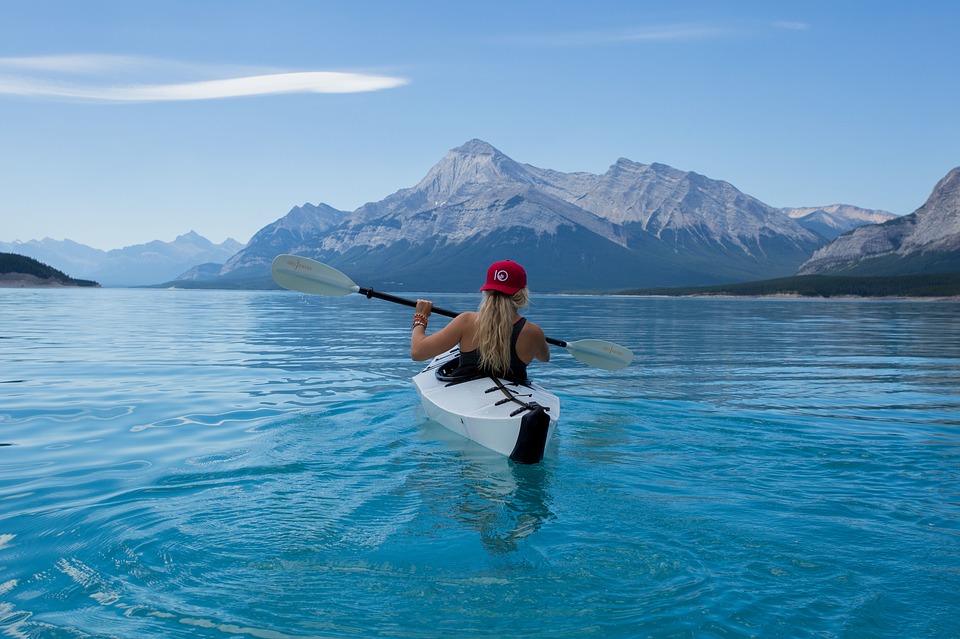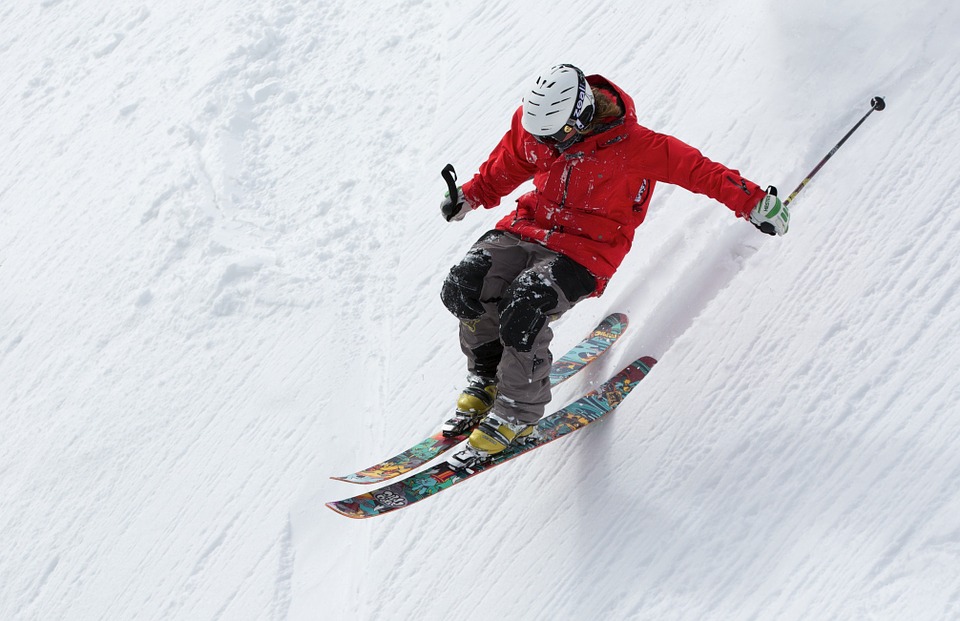
Adventure travelers signify a significant, emerging marketplace that spans age and mounts and stretches across geographical regions. So, as stated by the United Nations World Tourism Organization (UNWTO), adventure tourism is very lucrative and keeps growing.
Research shows it is worth upwards of $263 billion each year in global departures leaving from North America, Europe, and South America alone – plus they only account for 69 percent in general! Nowadays, travelers progressively want to dive deeper into the communities that they see, and in the natural surroundings there (aka experiential travel). They are carrying more experience trips also and spending much more about these.
However, not all adventure travel is similar. There are two varieties of adventure tourism, categorized based on the expertise needed or the adrenaline rush of this activity. They’re called soft adventure tourism, and hard adventure tourism.
Soft Adventure Tourism
This is the expression which is used to refer to the sort of adventure tourism which needs little if any experience and is reduced risk. Soft adventure tourists can also utilize mechanized transportation (cars, motorbikes, etc.) and comfortable lodging. Soft adventure activities are usually based upon their robust experience equivalents, though they occur at a physically less demanding degree.
Some Examples –
Horse riding, fishing, canoeing/kayaking, and walking in regions of outstanding all-natural beauty.
Future of Soft Adventure Sports
The household soft adventure sports marketplace is growing substantially, and this can be anticipated to become a trend which is going to continue for the next ten decades. It’s mainly being driven by customers who have undergone adventure trekking and are now eager to take more experience excursions with their families. “Baby Boomers” (those individuals born between 1946 and 1964), are usually a more active lot than some of their predecessors. Besides, they have significantly more income and free time as they retire.
Thus, this tendency will also boost the participation rate in soft adventure tourism. Lots of tour operators specializing in soft adventure vacations are reporting yearly growth rates of between 15%-20%. However, 10 percent per annum during the next ten years, is the predicted growth rate for this sector.
Soft adventure includes activities that insufficient risk, look secure to most people and need less expertise or skill. However, that does not mean they enjoy the typical. Soft adventure travelers are push themselves by sidestepping the regular, extending their comfort zones and finding new items. Throughout the daytime, physical activities such as hiking, biking, kayaking/canoeing, fishing, horseback riding, skiing, surfing and a lot more are in their itineraries, and at night, they favor comfy stays with gourmet foods. This kind of tourism baits a broad range of travelers, representing a sizable proportion of excursions, and it is where you would expect to find the most growth.
More about soft adventure sports –
This article provides several destinations for soft adventure tourists: http://www.traveller.com.au/soft-adventure-travel-the-best-adventure-trips-for-nonhardcore-travellers-11ol1r
Hard Adventure Tourism
This kind of adventure tourism deals with higher levels of ability and comprises more of significant danger. Hard adventure tourists represent a small fraction of the populace but find a sizeable sector.
The tendency over the last three decades demonstrates that the number of substantial experience excursions has held constant, at about 2 per cent of the populace. But respondents in Latin America and Europe suggested they intended to have a problematic adventure excursion for their next holiday.
However, North America, the trend was the reverse, and the per cent of individuals expressing the aim to have a tough adventure holiday dipped marginally. Hard adventure comprises physically demanding, hazardous and challenging actions that need skill, technical instruction and willpower.
For example, bridge jumping, canyoning, climbing, ice hockey, caving and hiking (multi-day drifting in robust, far-flung, isolated and mountainous regions).
Thus, while challenging adventures is significant and rewarding, only a small population partake in them.


2 Replies to “Soft and Hard Adventure Sports”